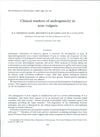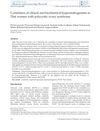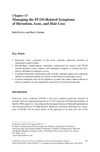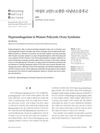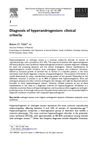Clinical, Ultrasound, and Hormonal Markers of Androgenicity in Acne Vulgaris
August 1995
in “
British Journal of Dermatology
”
acne vulgaris androgenic hormones dehydroepiandrosterone sulphate DHEAS free testosterone TESTOS sex hormone binding globulin SHBG androstenedione DELTA 4 polycystic ovaries androgenic stimulation sebum excretion rate acne androgens testosterone sex hormone binding globulin polycystic ovary syndrome sebum
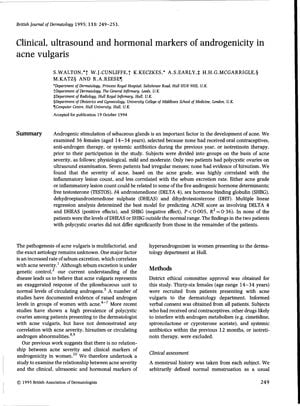
TLDR Acne severity is linked to higher levels of certain androgenic hormones, even when those levels are within the normal range.
In the 1995 study involving 36 females aged 14-34 with acne vulgaris, researchers found a significant correlation between acne severity and androgenic hormones. Specifically, the number of inflammatory acne lesions was positively correlated with levels of dehydroepiandrosterone sulphate (DHEAS) and free testosterone (TESTOS), and negatively correlated with sex hormone binding globulin (SHBG). The most predictive model for acne severity included higher levels of DHEAS and 84 androstenedione (DELTA 4), and lower levels of SHBG. Despite these findings, all patients had normal ranges of DHEAS and SHBG, and the two patients with polycystic ovaries did not differ significantly from others. The study concluded that androgenic stimulation is necessary for acne development, but the lack of correlation between acne severity and sebum excretion rate was unexpected and remains unexplained.
